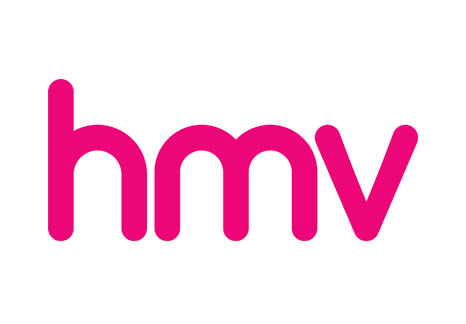Data turns matchmaker for this not-for-profit organisation
Business Issue:
The TSC has recently undergone an organisational update to focus on 5 key strategic initiatives. All projects are required to be aligned to at least one of these. The update also includes the introduction of business processes to optimise resources.
As a not for profit organisation, there is increasing pressure from their government backers to accelerate the funding received from commercial relationships. Many successful projects have been won and delivered by TSC, but there is an ongoing requirement to attract the correct level of investment and opportunity.
Brief:
TIH are required to look at segmenting the ‘who’ – which suppliers can TSC help to grow to be able to deliver those journeys of the future, which is:
- Capable of supporting needs of the future for transport systems in the UK and globally.
- Must be applicable and relevant to all audiences within the organisation with a focus on two deliverables in the main – targeting and informing the proposition development.
- Based on a strong commercial focus to manage and prioritise resource
- Better-categorise large government department and agency landscapes
Our thinking:
Usually, defining the actual customer is the hardest part of our brief and this was certainly the case with TSC.
<In the above diagram, the word describing the role should be spelt ‘discrete’>
Our approach:
- Created 4 key dimensions of relationship behaviours
- Two tier solution:
- Collaboration selection
- Selecting the right partners for a collaboration will best be conducted by combining the key dimensions identified at a behavioural level and some of the key customer descriptive variables
- The most effective selections will apply a different priority to the key dimensions for each type of role required within the project.
- Generated different hierarchies of selection for each type of role to demonstrate the overall value of the dimensions in this selection process
- Other key variables will then be applied as filters in the selection process to ensure the right fit for the project
- Opportunity segments
- Developed to allow for appropriate direction of resource within the existing base of customers, and also to find any significant gaps in the base in relation to the key dimensions and their opportunities.
- Two additional drivers of value added to the segmentation process
- Segments generated by combining key dimensions and action drivers to surface specific opportunities within the customer base.
- Customers within each segment will have a clear common strategy for interaction with TSC
- Collaboration selection
Our output:
Business Impact:




